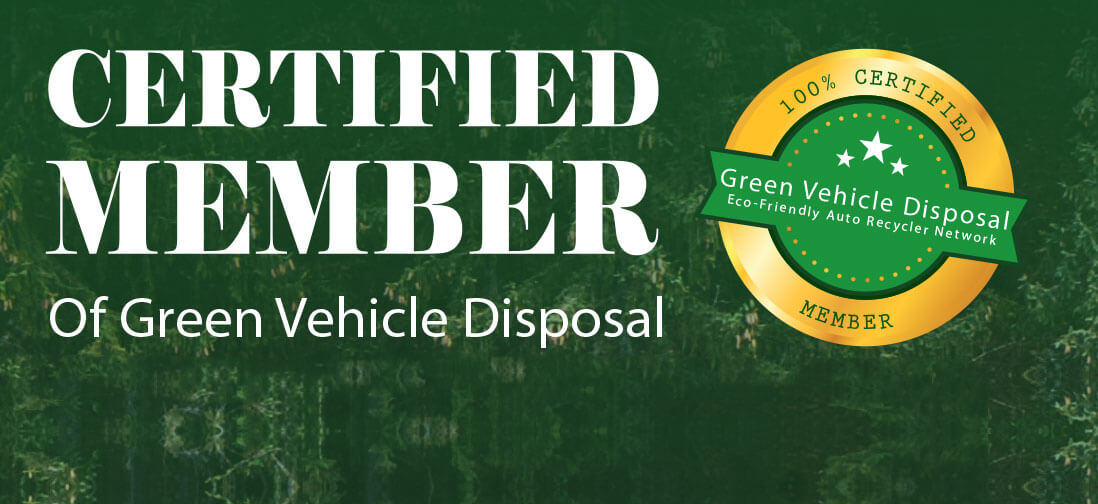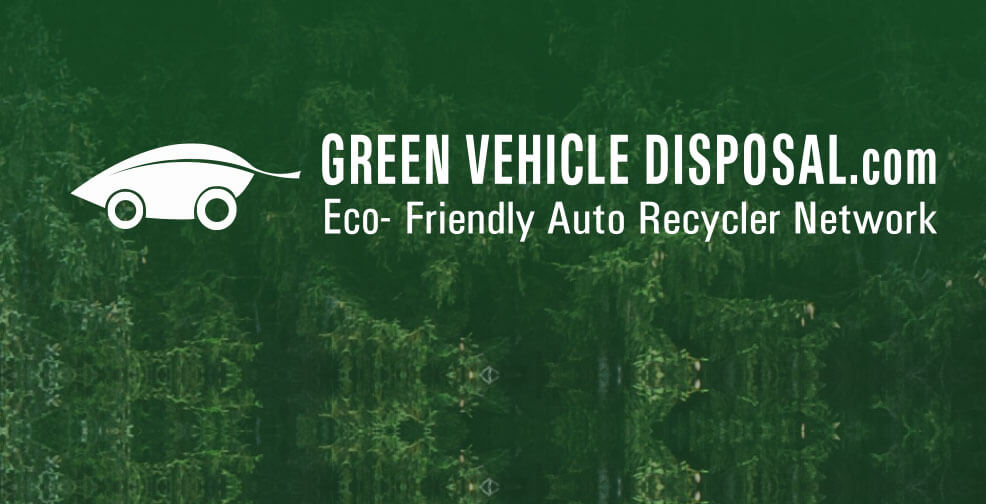President Barack Obama announced today that the U.S. government will buy only advanced technology vehicles — such as hybrids and electric plug-ins — by 2015. The government already has doubled the number of hybrids in the 600,000-vehicle federal fleet.
At a speech at Georgetown University, Obama unveiled his strategy to cut U.S. oil imports by a third by 2025, by stepping up domestic oil production and requiring a major increase in fuel economy for the 2017-25 model years.
“Here’s the bottom line — there are no quick fixes. And we will keep on being a victim to shifts in the oil market until we get serious about a long-term policy for secure, affordable energy,” Obama told a crowd of several hundred at McDonough Arena. “We cannot keep going from shock to trance on the issue of energy security, rushing to propose action when gas prices rise, then hitting the snooze button when they fall again.”
The reduction would be more than the 11 million barrels of oil a day the United States imported in 2008, the White House said today. Obama noted that the U.S. has just 2 percent of the world’s proven oil reserves. The U.S. consumes about a quarter of the oil.
Obama campaigned on reducing the U.S. dependence on foreign oil, but acknowledged he hadn’t made as much progress as he’d like.
“We’ve also run into the same political gridlock and inertia that’s held us back for decades,” he said.
Under a 1992 law, advanced technology vehicles are defined as electric vehicles, hybrid vehicles, plug-in hybrid electric vehicles, fuel cell vehicles and vehicles that can run on E85 ethanol or mostly gasoline. So the government could still buy full-size SUVs — as long as they were capable of running on mostly ethanol.
Many top government officials travel around in full-size SUVs.
He’ll also ask Congress to enact more incentives to spur the sale of compressed natural gas vehicles to consumers and for corporate and business fleets.
The White House endorsed a bill last summer that would have approved $4 billion to boost compressed natural gas vehicles. Bills to boost incentives for CNG vehicles have support among both parties but stalled in the last Congress.
Last year, the U.S. imported less than half of the oil it used for the first time in more than a decade.
Congress approved $300 million for the purchase of green vehicles in the 2009 stimulus bill.
The White House also noted the administration will finalize the first-ever national fuel economy and greenhouse gas emission standards for commercial trucks, vans and buses. The standards will take effect in the 2014 model year and will cover the 2014-18 model years.
The administration reached a deal in May 2009 to boost fuel efficiency by 40 percent by the 2016 model year to a fleet-wide average of 34.1 mpg – a move that will save 1.8 billion barrels of oil over the lifetime of the vehicles and save the average owner’s fuel bill by $3,000.
The Obama administration also says those rules will cost the auto industry $51.5 billion.
The National Highway Traffic Safety Administration and Environmental Protection Agency are considering annual increases in vehicle fuel efficiency from 3 percent to 6 percent between 2017 and 2025, which equates to an industry fleet average of between 47 and 62 mpg by the end of that period. The range of estimated costs per vehicle is $770 to $3,500, depending on the stringency of the emissions limits.
The federal agencies and California will announce separate proposals to boost efficiency and limit tailpipe emissions by Sept. 1.
Environmental groups and eight governors have already called on EPA and NHTSA to require at least 60 mpg by 2025.
NHTSA and EPA will finalize their joint regulation on fuel efficiency and emission standards by July 2012.
White House aides said the president’s plan to reduce imported oil relies on improving efficiency for half of the anticipated reduction, but they said the government hasn’t settled on a proposed increase for the 2017-2025 time-frame.
The administration urged federal workers to also drive less in the October 2009 executive order and to use biodiesel and other alternative fuels when feasible, President Obama will visit a UPS facility in Maryland on Friday as part of an effort to push large businesses to upgrade their fleets as well.
“Going forward, we’ll partner with private companies that want to upgrade their large fleets,” Obama said.



